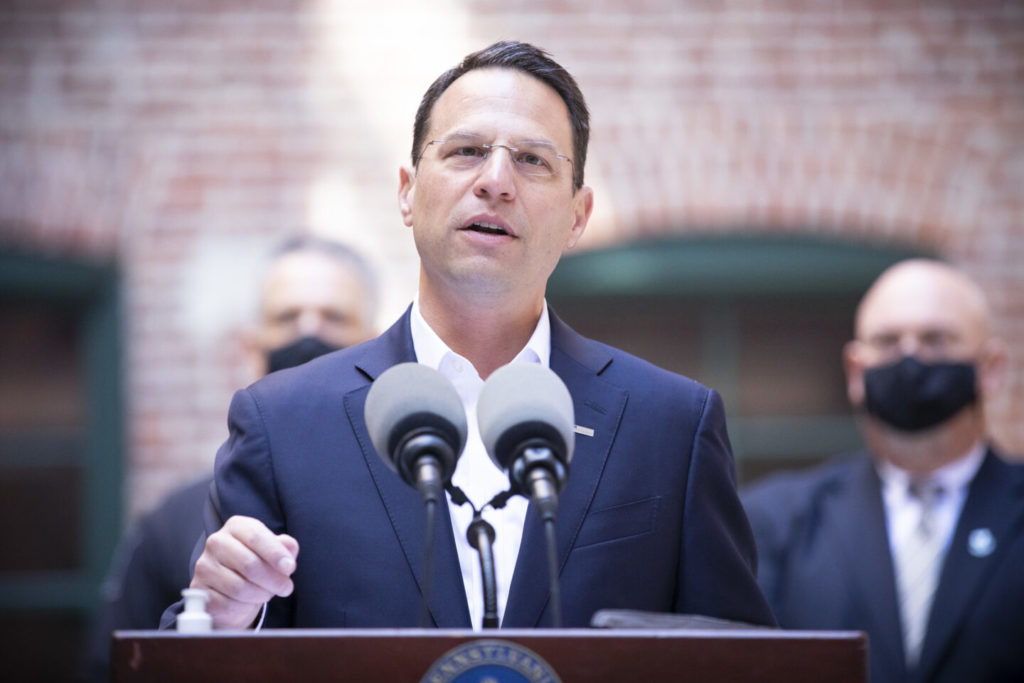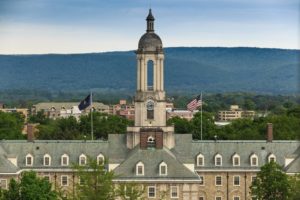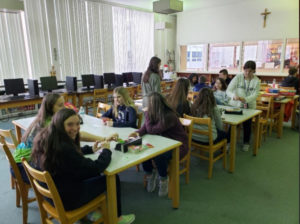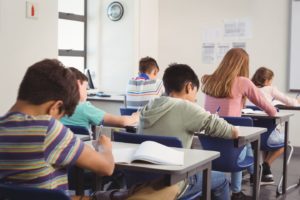Lifeline scholarships introduced in the Pennsylvania Senate
(The Center Square) – The Senate introduced a proposal for lifeline scholarships Thursday without fanfare, despite the policy’s high ranking on Republicans’ legislative priority…

(The Center Square) – The Senate introduced a proposal for lifeline scholarships Thursday without fanfare, despite the policy’s high ranking on Republicans’ legislative priority list.
Senate Bill 795 would create spending-restricted accounts for students living in low-performing districts to pay for private school tuition, tutoring, and other educational expenses.
The scholarship would offer $5,000 to students in full-day kindergarten through eighth grade and $10,000 for grades nine through twelve. Special education students would receive $15,000, no matter the grade level. The program also sets aside $2,500 for half-day kindergarteners.
The amount would increase each year in line with either inflation or the percentage of additional funding state school districts receive.
Gov. Josh Shapiro expressed support for school choice while on the campaign trail last year. Although his first spending proposal made no mention of the program, supporters hope it will become part of budget negotiations this summer.
Children living in the attendance zones for a school ranked among the bottom 15% in the state could apply for the scholarship. Shapiro said, according to multiple media reports published in September, he was open to the idea.
The Center Square reached out to the governor’s office for comment on Friday but has not yet received a response.
Critics of the bill, however, oppose public funding for private schools, where they argue accountability is lacking. In March 2022, a coalition of education groups – including the state’s largest teachers’ union – said a similar bill would cost Pennsylvania $170 million each year if just 10% of eligible students applied.
State data shows 382 low-achieving schools exist across 76 districts, with a total enrollment of roughly 191,000 students. In total, 500 school districts enroll more than 1.5 million students across Pennsylvania.
Supporters in other states challenge that math, saying states save money when students attend nonpublic schools or enroll in online programs, instead. A study from the Common Sense Institute of Arizona published in May said the state saw $639 million in total statewide equalization formula savings due to lower-than-expected district enrollment growth since the COVID-19 pandemic. At the same time, the state’s ESA program cost taxpayers roughly $400 million to educate students who chose to participate.
Pennsylvania spent an average of $19,900 per student in the 2020-21 school year, according to an analysis from the Commonwealth Foundation. That same year, the state budget appropriated $13.3 billion to public education services.



